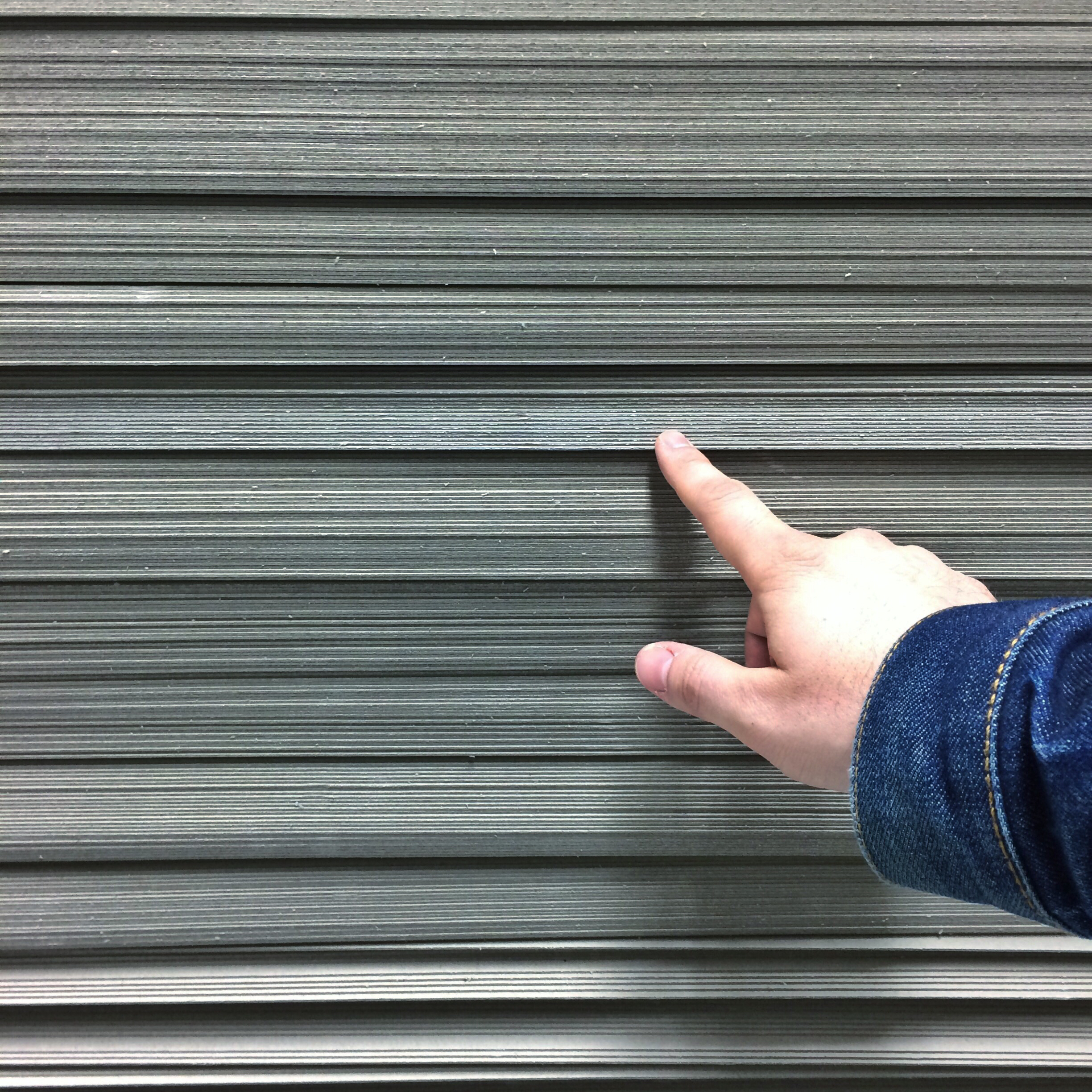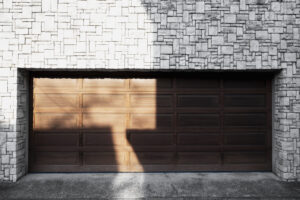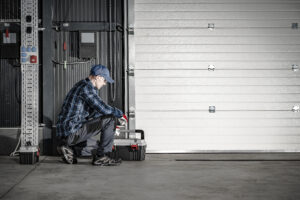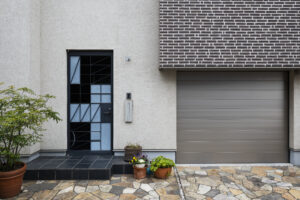An integral part of the convenience and security of your house is your garage door. But like any mechanical system, it is subject to wear and tear, which over time can cause a number of problems. Timely resolution of common garage door problems can minimize disruption, guarantee security, and increase the longevity of your door. We’ll go over some of the most common garage door problems, how to diagnose them, and the required remedies in this blog post.
Identifying the Problems
Before diving into troubleshooting, it’s crucial to identify the problem accurately. Here are some common garage door issues you might encounter:
Unresponsive Garage Door Opener: When your garage door opener fails to respond to commands from the remote or wall switch.
Noisy Operation: Excessive squeaking, grinding, or rattling noises during opening or closing.
Uneven Movement: The door operates unevenly or gets stuck while opening or closing.
Slow Response: The garage door moves slower than usual or struggles to open or close.
Broken Springs or Cables: Visible damage or wear on the springs or cables supporting the door.
Weather Seal Damage: Cracks, gaps, or tears in the weather stripping around the door, leading to drafts or water leakage.
Troubleshooting and Fixes
Let’s now examine how to diagnose and resolve these typical garage door issues:
Non-functional Garage Door Opener
Inspect and replace the remote’s batteries as needed.
Make that the power source is operational and the opener is plugged in.
Check for any neighboring device interference and reprogramme the remote.
Examine the opening unit for any obvious damage or loose connections if it is still not responding.
Operation Noise
Apply lubricant with a silicone basis to all moving parts, including springs, rollers, and hinges.
Fasten all loose fasteners, such as screws, bolts, and nuts.
Examine the tracks for dirt or debris, and give them a thorough cleaning.
Replace worn-out rollers or hinges if the noise continues.
Inconsistent Motion
Examine the tracks for alignment, then use a level to make any required adjustments.
Examine the rollers for wear or accumulation of debris, and replace or clean them as necessary.
Adjust any loose hardware on the track system or door.
Should the issue continue, there may be a more serious problem with the springs or cables that needs to be fixed by a specialist.
Slow Reaction
Examine the tracks for any dirt or obstructions, then give them a thorough cleaning.
Verify the springs’ tightness and make any required adjustments.
To boost performance and lower friction, lubricate the moving parts.
Should the issue continue, it can be a sign of problems with the motor or opener and call for expert assistance.
Broken cables or springs
Take caution: Only qualified specialists should handle broken springs or wires due to their high potential for danger.
Should you observe indications of damage to the springs or cables, including drooping or unraveling, do not use the door and contact a reputable repair agency right once.
Weather Seal Damage
Look for evidence of deterioration or wear on the weather stripping surrounding the door.
To stop drafts and water leaks, replace any weather seals that are broken, torn, or missing.
Conclusion
Maintaining your garage door’s operation and safety can save expensive repairs by addressing common issues early on and providing regular maintenance. You can maintain the smooth operation of your garage door for many years to come by adhering to the troubleshooting advice provided in this blog post and understanding when to call for professional assistance.



